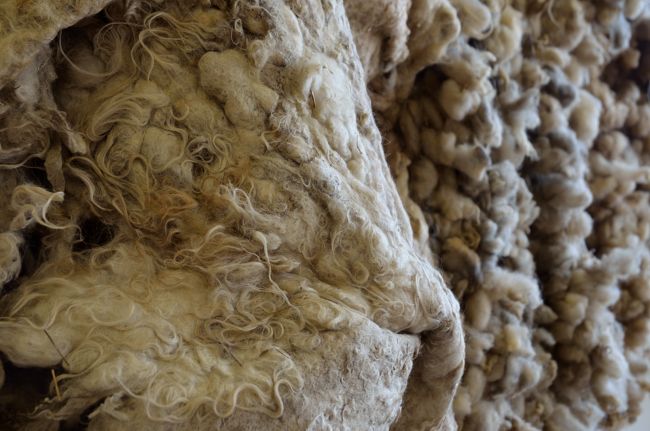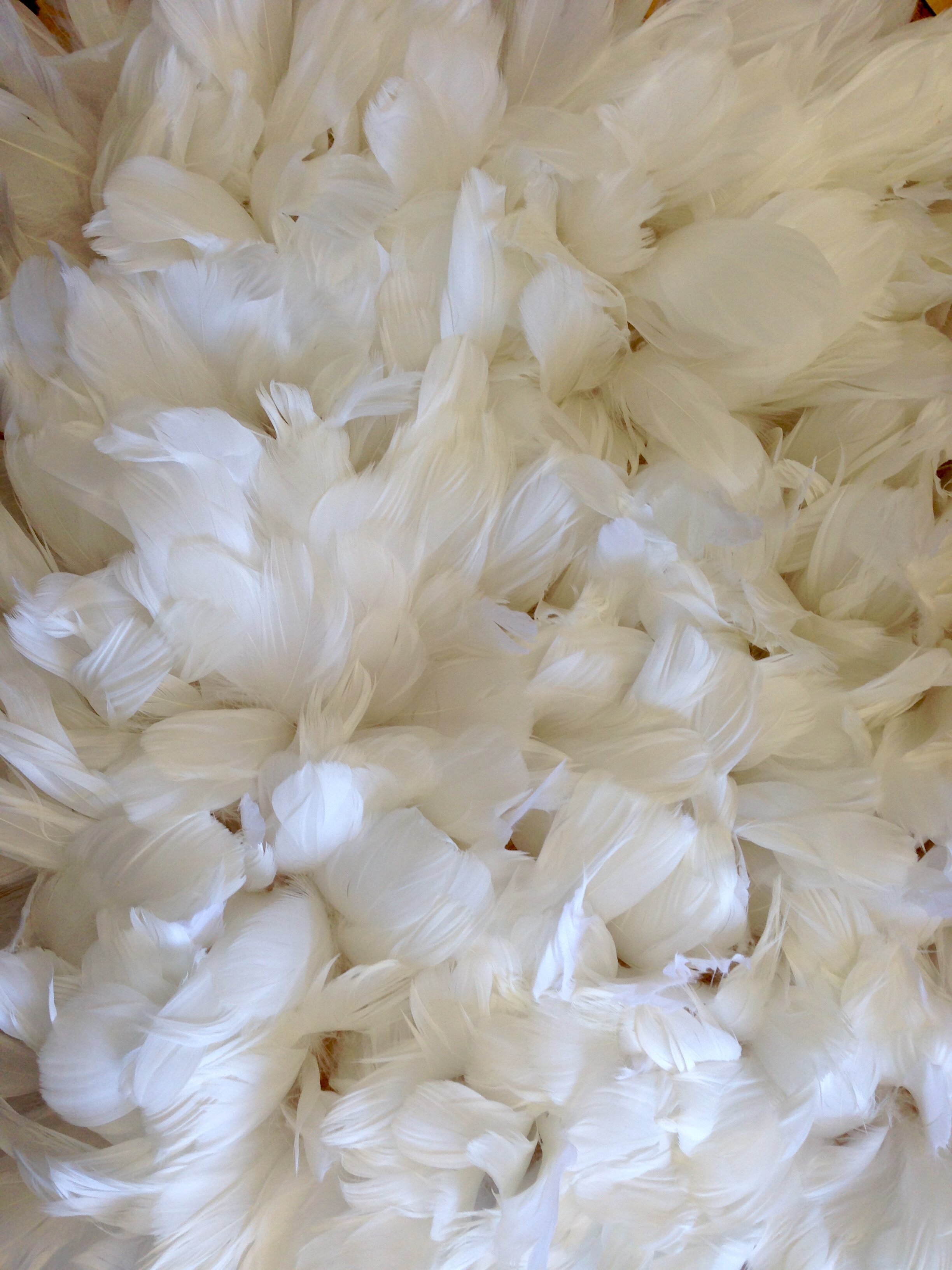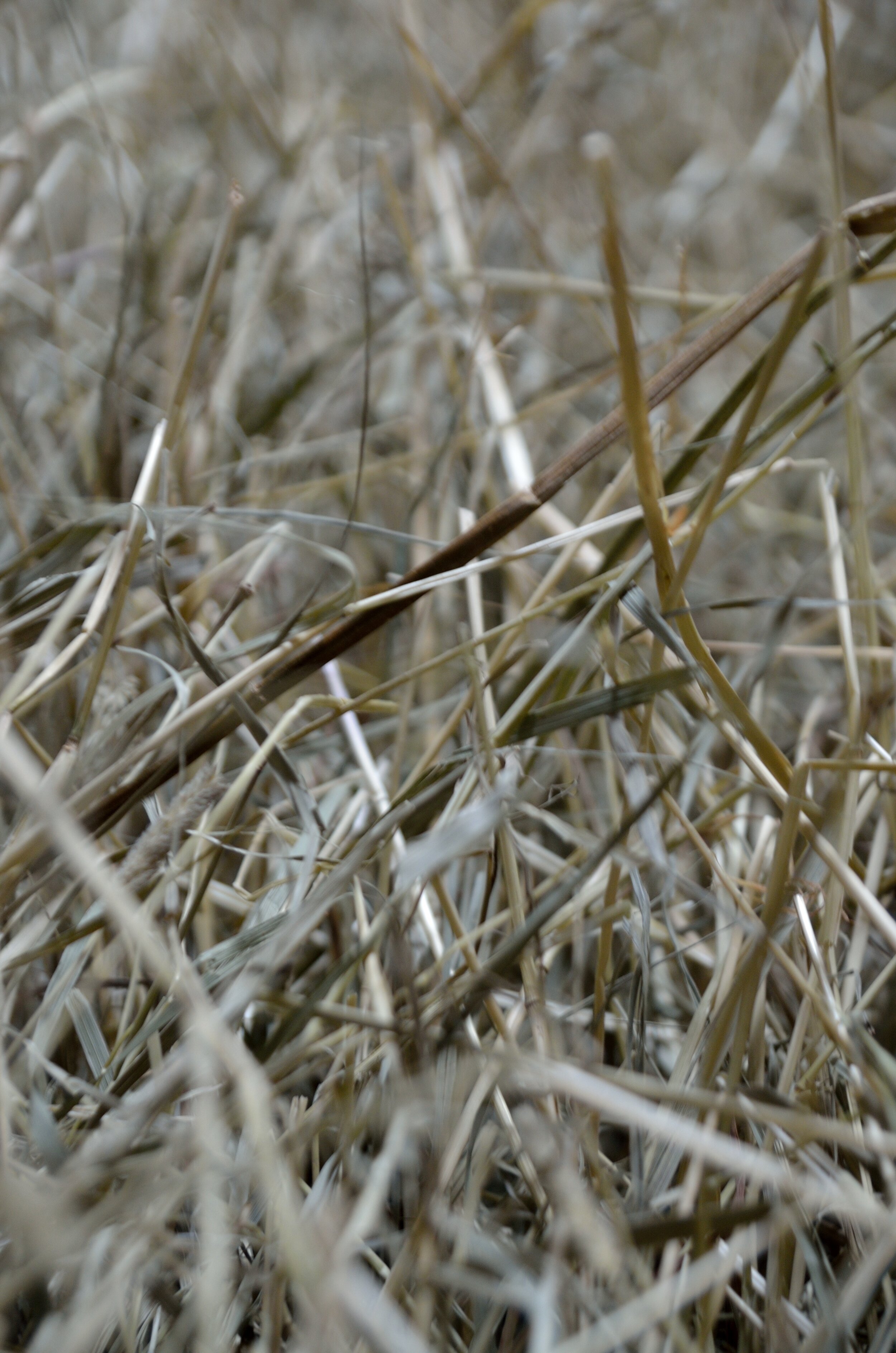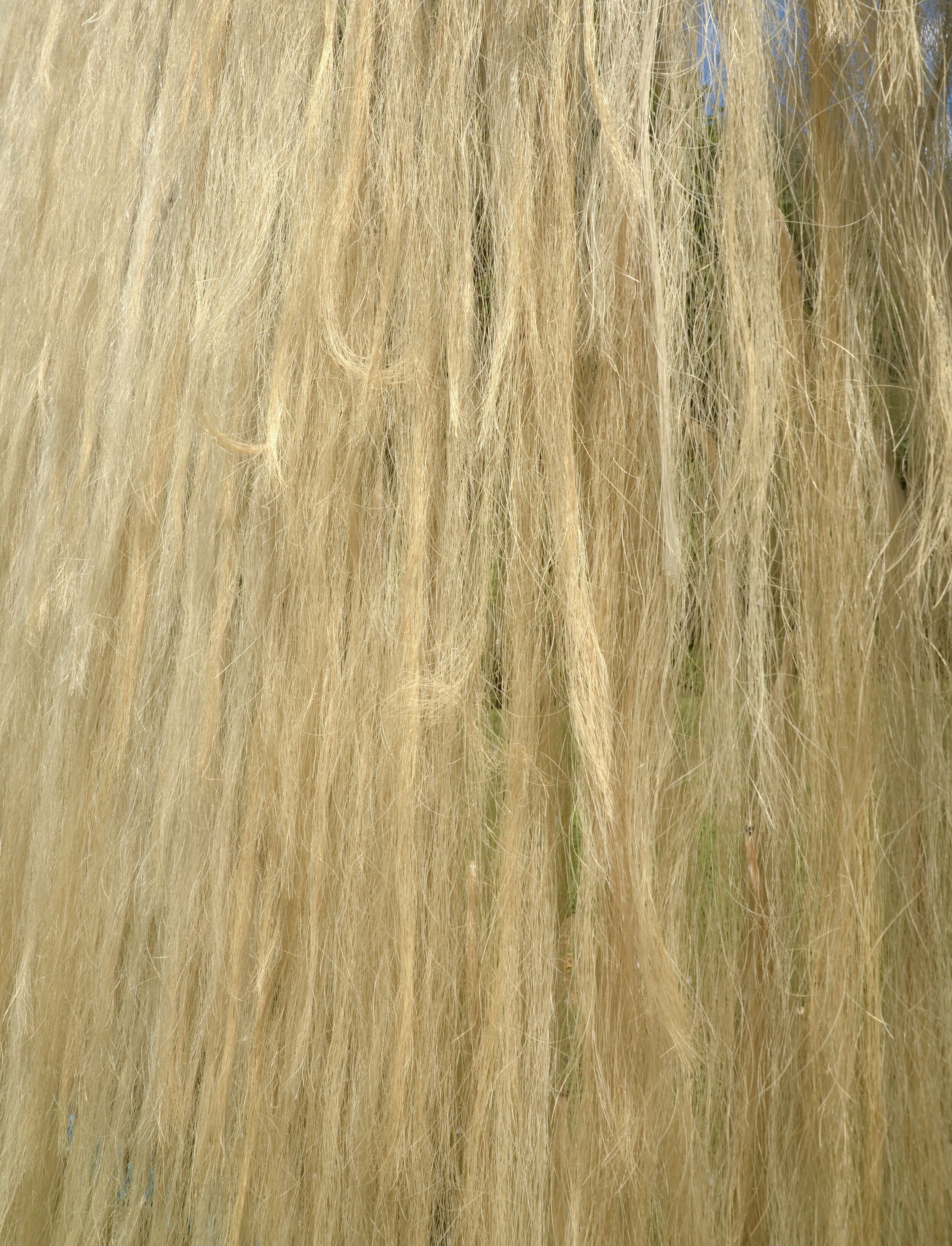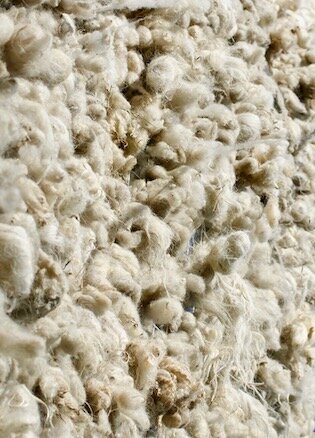Here is a short video of the making of Stall with Ethan Tischler
Windscape Westport process video
Wonderful video of installation day in Westport, MA, Many thanks to Jon Alden for coming into the field to capture it!
At Dedee Shattuck Gallery through October.
Landmark I, II, III process
Landmark I, II, III are installed at Chesterwood in Stockbridge, Massachusetts where Boston Sculptors Gallery is exhibition its outdoor group show from May through October 2015. Twenty-foot tall sight-specific spires celebrate the textures of New England with century old barn board, New England raw wool, field stone wall, and even reclaimed horse hair from cello and violin bows. From sketch to onsite assembly the following images demonstrate the process from start to finish. Hover over the image for more information.


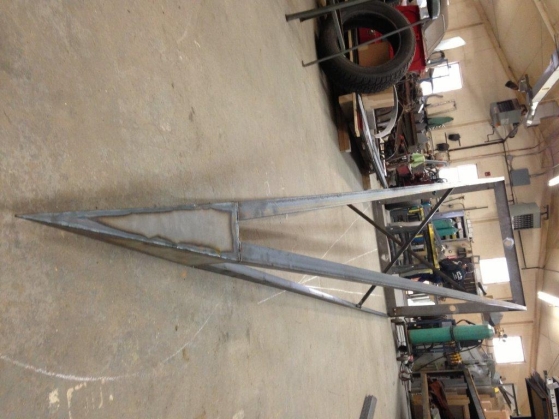
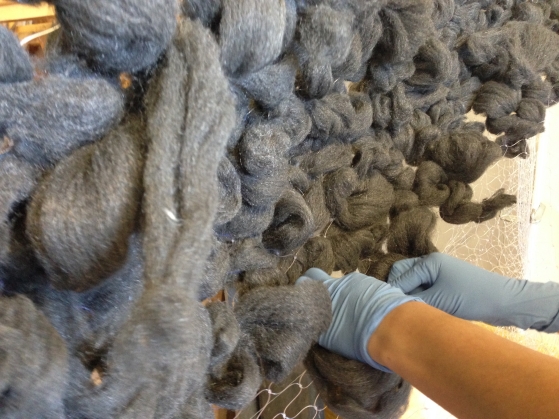
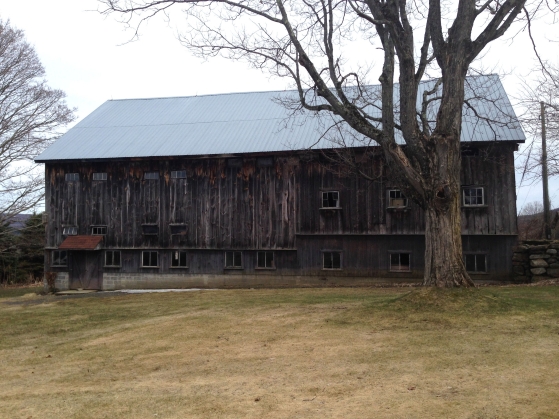
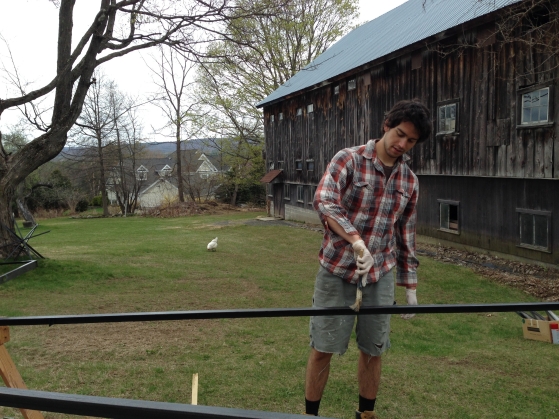

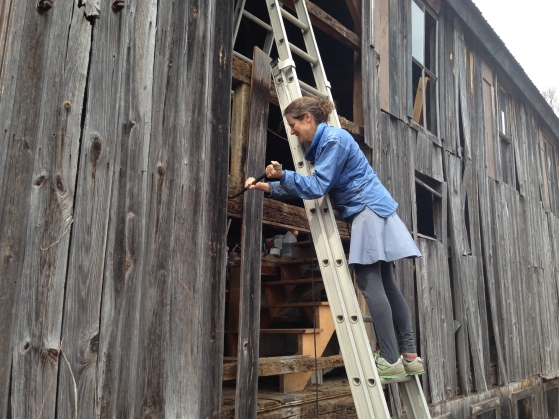
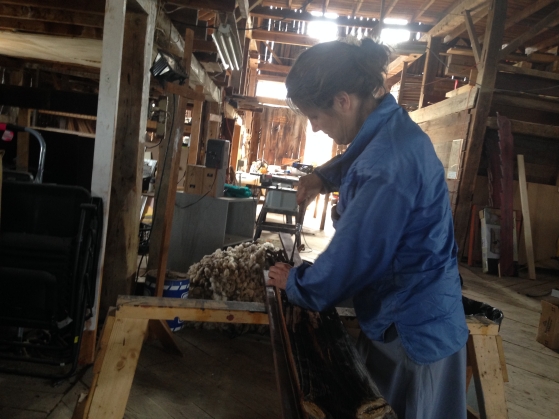
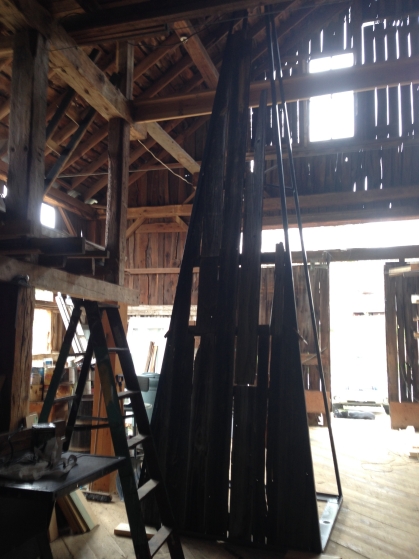
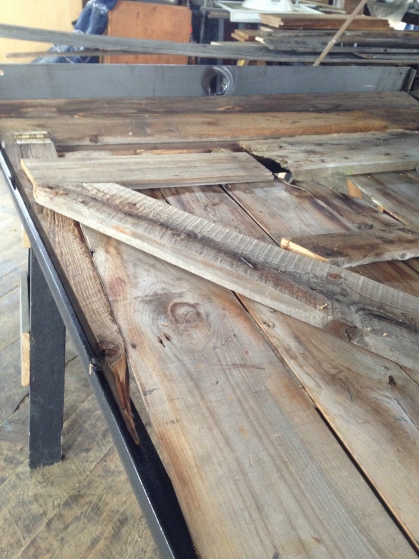
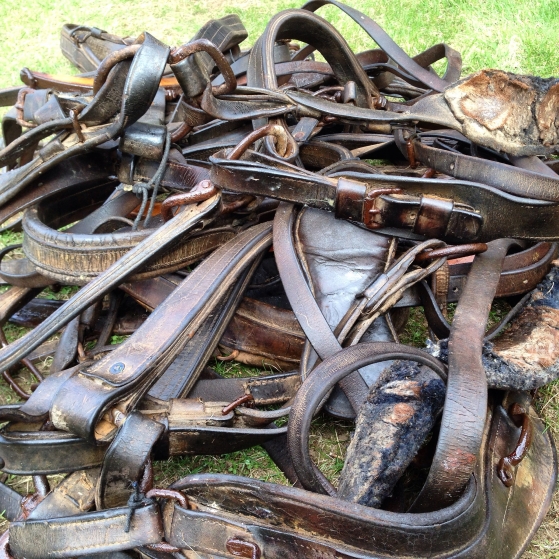
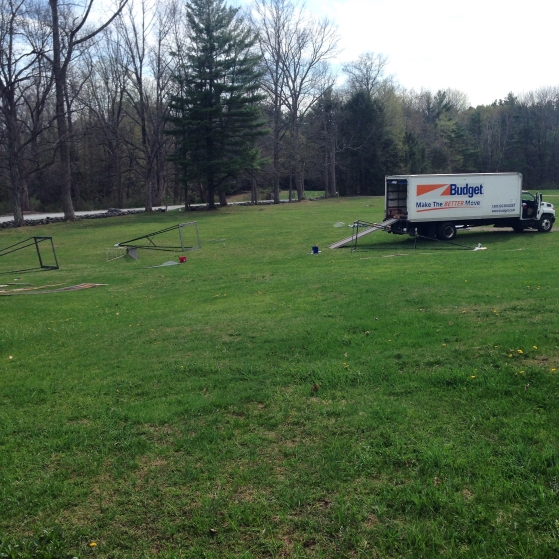
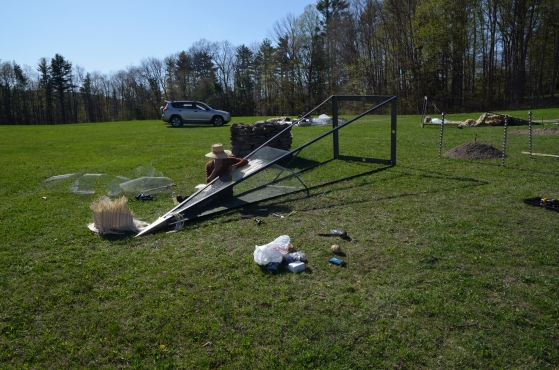
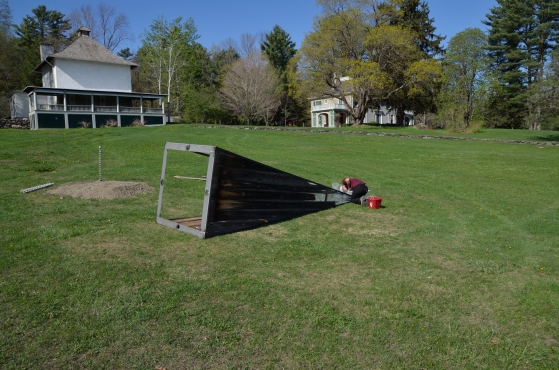

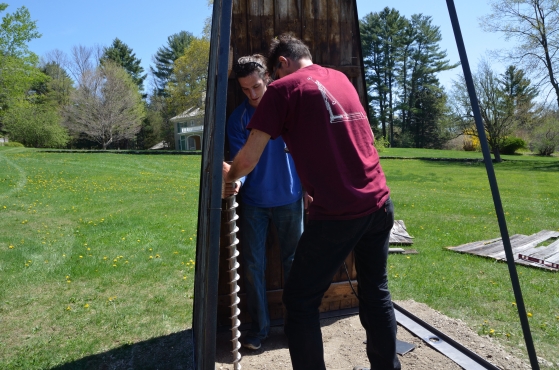

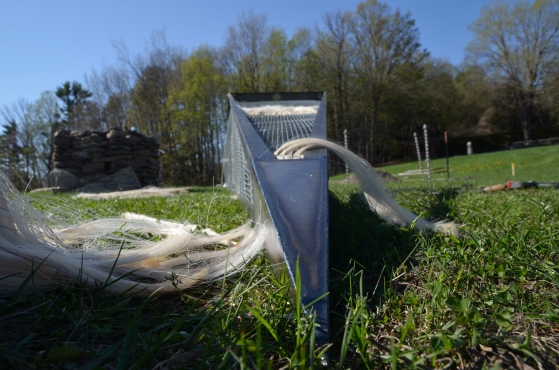
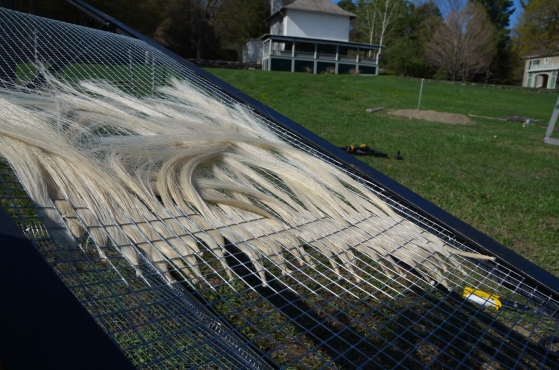
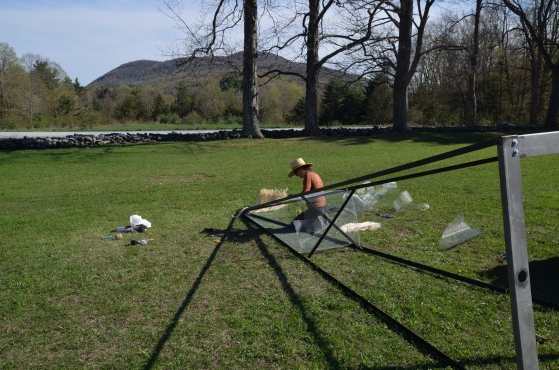

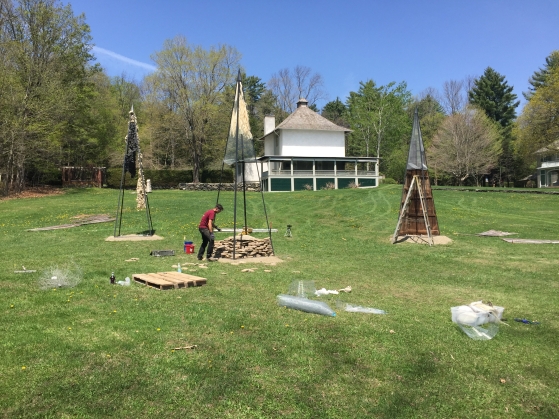
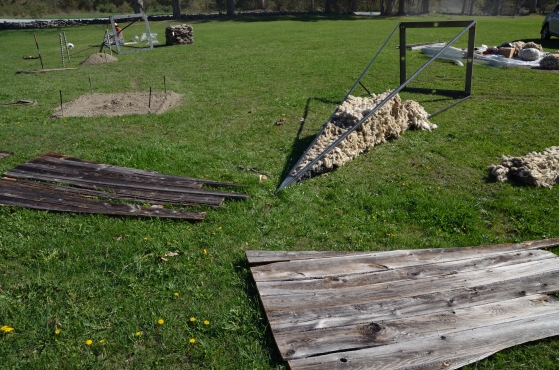
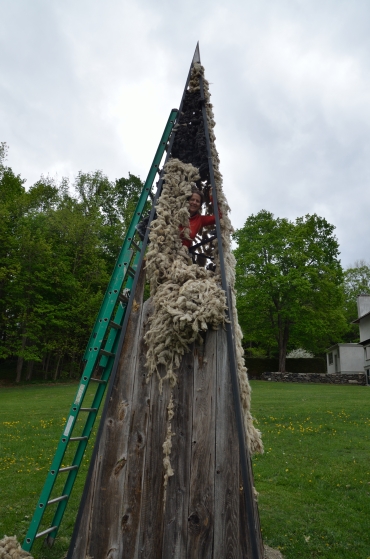
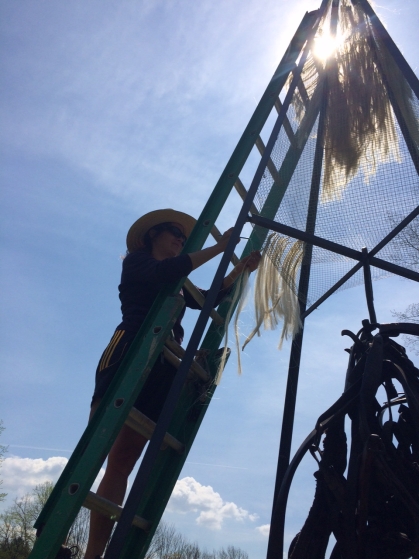
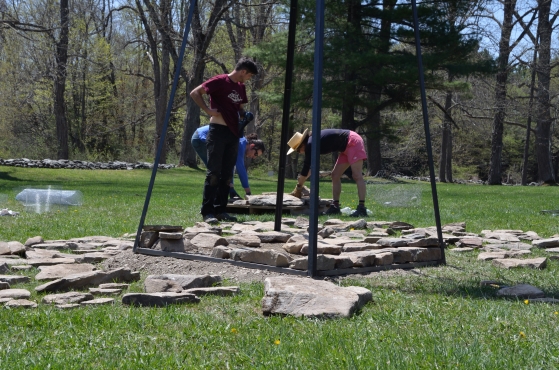
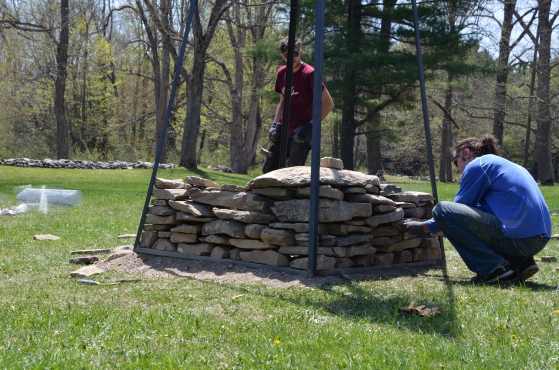
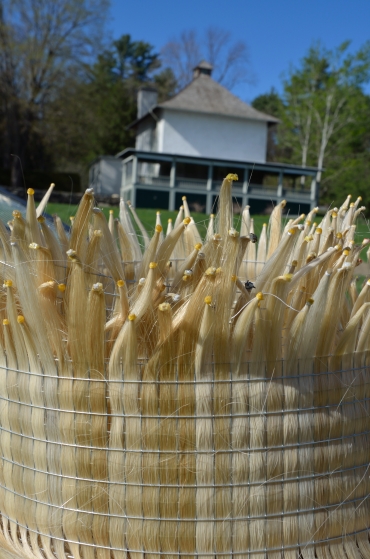
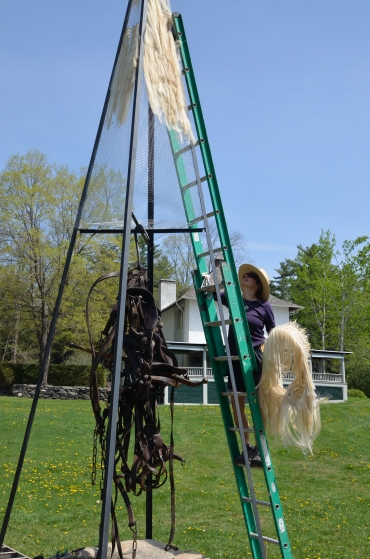

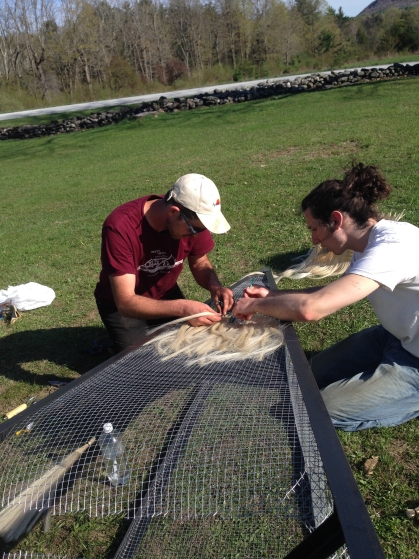
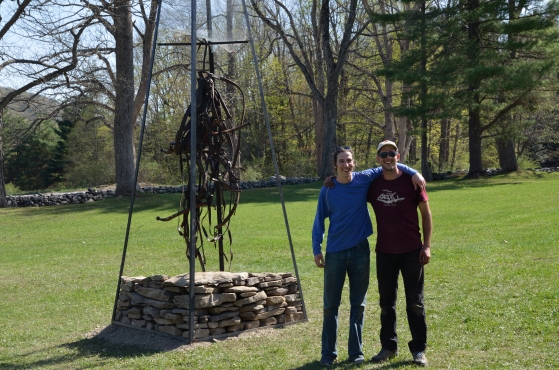
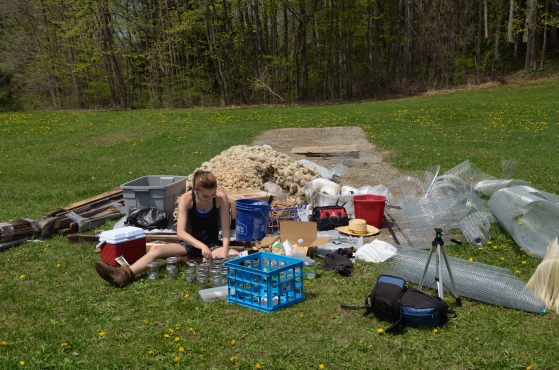
Please visit Landmark to see the final outcome
Blind drawings in an attempt to understand
New to the wall
Nancy Winship Milliken Studio ventures to Blue Star Equiculture in a collaborative effort to print a muddy pasture.
Video about process for Windscape
Here is a video about the process of making Windscape, a site-specific installation at Shelburne Farms in Shelburne, Vermont, for Burlington City Arts' show, Of Land and Local.
a couple of steps closer
Bovine Adventures
Weaving Sheep
Printing on the Farm
Why Mud Season Is My Favorite Season!
Meet Tony the Farrier
Names of the sheep
One of my favorite parts of collecting wool during shearing season is feeling the warmth of the sheep still on the newly shorn wool. When I get back to the studio and empty out a bag, usually a note falls out with the name of the sheep written on the back of an envelope or an order from a feed delivery in the farmer's scrawled or flowery handwriting. Let me share with you some of the names of the sheep whose wool will be gracing The Lighthouse:
Aramata, Taraval, Hillerman, Iago, Erla, Charlie, Henry, Betty, Dosteovsky, Isis, Honeycut, Eliza, Pink, Buttercup.
I have not tallied the number of pounds of wool used so far, but my guess is over 150. My heartfelt thanks to the shearers, the farmers, and the sheep. Farming is a labor of love these days, and so is art.
Vermont Shepherd
Wow! What a wonderful first week of fundraising at USA Projects. For my artist friends I highly recommend this crowd-funding website if you are initiating a project you need to fundraise for.They are helpful, professional, tax deductable and 100% of the funds raised go towards the artist.
My USA Project page is
I visited two Vermont sheep farms this week to collect wool and stories for this large installation,
. Below is a video of shearing at
The Lighthouse Update from Nancy Milliken on Vimeo.
Wool
Sarah Comier weaving wonder on a wintery day
We have been going through my store of wool! The search for farms that have wool to spare is on. It is my dream to get farms involved in this project, list their names as contributers and show the public how many New England sheep farmers there are. Lisa Westervelt of Moon farm in Cummington MA runs the Massachusetts Fibershed and has gotten in touch to help with our wool needs.
The Massachusetts Fibershed is an affiliate to ‘Fibershed’ http://www.fibershed.com/ whose mission is to change the way we clothe ourselves by supporting the creation of local textile cultures that enhance ecological balance, and utilize regional agriculture while strengthening local economies and communities. The Massachusetts Fibershed is a newly formed community based group whose intentions are to support and promote fiber producers and fiber artists in the state of Massachusetts by helping link artists, farmers and designers together and also developing artisan and educational programs.
Massachusetts Fibershed Respond to: fibershed@goodwool.com
Connecting fiber growers and fiber artists www.goodwool.com/fibershedMA.html
New steel structures in the studio from Carolyn Clayton at BMW Ironworks
Studio Walls
I have been playing with the different weights and densities of materials on the studio wall. To the right is a wonderful piece I am just understanding. This was a silk and merino wool sail that I gave to Double Edge Theatre's Hannah Jarrell as Penelope of The Odyssey. For two years, night after night of the summer production Penelope worried her way through this piece until it came apart, looking like this. I guess it is not just the wind and rain that adds the character of time to my work. Title: Penelope's Sail
The Lighthouse Process
I have launched a new blog about the process of making The Lighthouse. You can find it at http://nancywinshipmillikenstudio.blogspot.com
The Lighthouse Process from Nancy Milliken on Vimeo.
Update
on 2013-01-25 17:19 by Nancy Winship Milliken
Ben Westbrook and Carolyn Clayton of BMW Ironworks working on the model of The Lighthouse.
Today Sarah Cormier from Double Edge Theatre helps weave wool into fishing net.
Process
Process is a big part of my work and this New Zealand installation was no different. The plan from the beginning was that there was no plan. I arrived in New Zealand with my favorite rigging knife and sketch book as my travelling studio. I spent the first few days on the farm, walking the land and searching for materials to use. There was wool of course, but that is only a fraction of the sculpture. Developing structure for a large installation out in the elements is an engineering challenge. I chose flexible bamboo cut from the back of the farm and flimsy silage netting for the siding. Both respond to the wind, which the open landscapes of the North Island had plenty of.
Cutting bamboo
James Truebridge and Sue Yerex helping with construction
Moving to its site
Literature plays important role in my work. You never know what you are going to read that will spark and subliminally feed an idea. TheBrendan Voyage by Tim Severin is a book I read before travelling to New Zealand that has nothing to do with sheep or art. The author researched ancient materials and built a boat out of flexible, strong wood and hide covered in lanolin, which he then sails following the charted course of the 6th century monk Saint Brendan the navigator from Ireland to find the new world. In this modern day reenactment the sailors rode in the boat like being in the belly of a beast, the flexibility and movement of the hide providing a malleable structure to ride out a storm that would have bashed in any rigid form. This became a constant vision in the back of my head while I wove Tika Whare. The structure needed to be both flexible and strong enough to ride out the wind waves that blew out of the south and rolled over the contours of the land. I needed to see the house breathe, to come alive as the wool responded to and exaggerated the flow of the wind. Tika Whare is a form of a land boat that I could live in.
Raising the roof
Getting the roof settled right with Roger
Every morning I was greeted by familiar calls of thousands of sheep that surrounded me while I worked in the paddocks contrasting with foreign (to me) New Zealand bird songs of the morning and the disorienting Southern Hemisphere night sky the evening before. Perhaps, in this foreign land I needed to build a home, a sanctuary that feels familiar. Or perhaps, with both children now gone off to college, I am revisiting the ephemeral concept of home/house/dwelling. The wool sanctuary I had created, will not last forever, the winds of the changing season will have their way with the flexible netting reminding me of the fragility of the idea of home.
taken while sitting inside
The formal structure of Tika Whare speaks of the colonizing of native New Zealand Maori who once lived on the land that I worked on. I started to notice patterns in Maori designs on weavings and paintings that mimicked the light reaching through the lacy leaves of nearby native bush (forest). This was replicated in the patterned effect of the sun coming through the roof and sides of the wool house.
Dawn














